Data Science : Complete Data Science & Machine Learning
Loại khoá học: Development
Learn and master the Data Science, Python for Machine Learning, Math for Machine Learning, Statistics for Data Science
Mô tả
Data Science and Machine Learning are the hottest skills in demand but challenging to learn. Did you wish that there was one course for Data Science and Machine Learning that covers everything from Math for Machine Learning, Advance Statistics for Data Science, Data Processing, Machine Learning A-Z, Deep learning and more?
Well, you have come to the right place. This Data Science and Machine Learning course has 11 projects, 250+ lectures, more than 25+ hours of content, one Kaggle competition project with top 1 percentile score, code templates and various quizzes.
We are going to execute following real-life projects,
Kaggle Bike Demand Prediction from Kaggle competition
Automation of the Loan Approval process
The famous IRIS Classification
Adult Income Predictions from US Census Dataset
Bank Telemarketing Predictions
Breast Cancer Predictions
Predict Diabetes using Prima Indians Diabetes Dataset
Today Data Science and Machine Learning is used in almost all the industries, including automobile, banking, healthcare, media, telecom and others.
As the Data Science and Machine Learning practioner, you will have to research and look beyond normal problems, you may need to do extensive data processing. experiment with the data using advance tools and build amazing solutions for business. However, where and how are you going to learn these skills required for Data Science and Machine Learning?
Data Science and Machine Learning require in-depth knowledge of various topics. Data Science is not just about knowing certain packages/libraries and learning how to apply them. Data Science and Machine Learning require an indepth understanding of the following skills,
Understanding of the overall landscape of Data Science and Machine Learning
Different types of Data Analytics, Data Architecture, Deployment characteristics of Data Science and Machine Learning projects
Python Programming skills which is the most popular language for Data Science and Machine Learning
Mathematics for Machine Learning including Linear Algebra, Calculus and how it is applied in Machine Learning Algorithms as well as Data Science
Statistics and Statistical Analysis for Data Science
Data Visualization for Data Science
Data processing and manipulation before applying Machine Learning
Machine Learning
Ridge (L2), Lasso (L1) and Elasticnet Regression/ Regularization for Machine Learning
Feature Selection and Dimensionality Reduction for Machine Learning models
Machine Learning Model Selection using Cross Validation and Hyperparameter Tuning
Cluster Analysis for unsupervised Machine Learning
Deep Learning using most popular tools and technologies of today.
This Data Science and Machine Learning course has been designed considering all of the above aspects, the true Data Science and Machine Learning A-Z Course. In many Data Science and Machine Learning courses, algorithms are taught without teaching Python or such programming language. However, it is very important to understand the construct of the language in order to implement any discipline including Data Science and Machine Learning.
Also, without understanding the Mathematics and Statistics it's impossible to understand how some of the Data Science and Machine Learning algorithms and techniques work.
Data Science and Machine Learning is a complex set of topics which are interlinked. However, we firmly believe in what Einstein once said,
"If you can not explain it simply, you have not understood it enough."
As an instructor, I always try my level best to live up to this principle. This is one comprehensive course on Data Science and Machine Learning that teaches you everything required to learn Data Science and Machine Learning using the simplest examples with great depth.
As you will see from the preview lectures, some of the most complex topics are explained in a simple language.
Some of the key skills you will learn,
Python Programming
Python has been ranked as the #1 language for Data Science and Machine Learning. It is easy to use and is rich with various libraries and functions required for performing various tasks for Data Science and Machine Learning. Moreover, it is the most preferred and default language of use for many Deep Learning frameworks including Tensorflow and Keras.
Advance Mathematics for Machine Learning
Mathematics is the very basis for Data Science in general and Machine Learning in particular. Without understanding the meanings of Vectors, Matrices, their operations as well as understanding Calculus, it is not possible to understand the foundation of the Data Science and Machine Learning. Gradient Descent which forms the very basis of Neural Network and Machine Learning is built upon the basics of Calculus and Derivatives.
Advance Statistics for Data Science
It is not enough to know only mean, median, mode etc. The advance techniques of Data Science and Machine Learning such as Feature Selection, Dimensionality Reduction using PCA are all based on advance inferential statistics of Distributions and Statistical Significance. It also helps us understanding the data behavior and then apply an appropriate machine learning technique to get the best result from various techniques of Data Science and Machine Learning.
Data Visualization
As they say, picture is worth a thousand words. Data Visualization is one of the key techniques of Data Science and Machine Learning and is used for Exploratory Data Analysis. In that, we visually analyse the data to identify the patterns and trends. We are going to learn how to create various plots and charts as well as how to analyse them for all the practical purposes. Feature Selection plays a key role in Machine Learning and Data Visualisation is key for it.
Data Processing
Data Science require extensive data processing. Data Science and Machine Learning practitioners spend more than 2/3rd of the time processing and analysing the data. Data can be noisy and is never in the best shape and form. Data Processing is one of the key disciplines of Data Science and Machine Learning to get the best results. We will be using Pandas which is the most popular library for data processing in Python and various other libraries to read, analyse, process and clean the data.
Machine Learning
The heart and soul of Data Science is the predictive ability provided by the algorithms from Machine Learning and Deep Learning. Machine Learning takes the overall discipline of Data Science ahead of others. We will combine everything we would learn from the previous sections and build various machine learning models. The key aspects of the Machine Learning is not just about the algorithms but also understanding various parameters used by Machine Learning algorithms. We will understand all the key parameters and how their values impact the outcome so that you can build the best machine learning models.
Feature Selection and Dimensionality Reduction
In case you wonder, what makes a good data scientists, then this section is the answer. A good Data Science and Machine Learning practitioner does not just use libraries and code few lines. She will analyse every feature of the data objectively and choose the most relevant ones based on statistical analysis. We will learn how to reduce the number of features as well as how we can retain the value in the data when we practice and build various machine learning models after applying the principles of Feature Selection and Dimensionality Reduction using PCA.
Deep Learning
You can not become a good Data Science and Machine Learning practitioner, if you do not know how to build powerful neural network. Deep Learning can be said to be another kind of Machine Learning with great power and flexibility. After Learning Machine Learning, we are going to learn some key fundamentals of Deep Learning and build a solid foundation first. We will then use Keras and Tensorflow which are the most popular Deep Learning frameworks in the world.
Kaggle Project
As an aspiring Data Scientists, we always wish to work on Kaggle project for Machine Learning and achieve good results. I have spent huge effort and time in making sure you understand the overall process of performing a real Data Science and Machine Learning project. This is going to be a good Machine Learning challenge for you.
Your takeaway from this course,
Complete hands-on experience with huge number of Data Science and Machine Learning projects and exercises
Learn the advance techniques used in the Data Science and Machine Learning
Certificate of Completion for the most in demand skill of Data Science and Machine Learning
All the queries answered in shortest possible time.
All future updates based on updates to libraries, packages
Continuous enhancements and addition of future Machine Learning course material
All the knowledge of Data Science and Machine Learning at fraction of cost
This Data Science and Machine Learning course comes with the Udemy's 30-Day-Money-Back Guarantee with no questions asked.
So what you are waiting for? Hit the "Buy Now" button and get started on your Data Science and Machine Learning journey without spending much time.
I am so eager to see you inside the course.
Disclaimer: All the images used in this course are either created or purchased/downloaded under the license from the provider, mostly from Shutterstock or Pixabay.
Bạn sẽ học được gì
Learn Complete Data Science skillset required to be a Data Scientist with all the advance concepts
Master Python Programming from Basics to advance as required for Data Science and Machine Learning
Learn complete Mathematics of Linear Algebra, Calculus, Vectors, Matrices for Data Science and Machine Learning.
Become an expert in Statistics including Descriptive and Inferential Statistics.
Learn how to analyse the data using data visualization with all the necessary charts and plots
Perform data Processing using Pandas and ScikitLearn
Master Regression with all its parameters and assumptions
Solve a Kaggle project and see how to achieve top 1 percentile
Learn various classification algorithms such as Logistic Regression, Decision Tree, Random Forest, Support Vector Machines
Get complete understanding of deep learning using Keras and Tensorflow
Become the Pro by learning Feature Selection and Dimensionality Reduction
Yêu cầu
- No prerequisites. I will teach right from basics in Python to Advanced Deep Learning
- Passion to deal with data analysis
Nội dung khoá học
Viết Bình Luận
Khoá học liên quan

Đăng ký get khoá học Udemy - Unica - Gitiho giá chỉ 50k!
Get khoá học giá rẻ ngay trước khi bị fix.

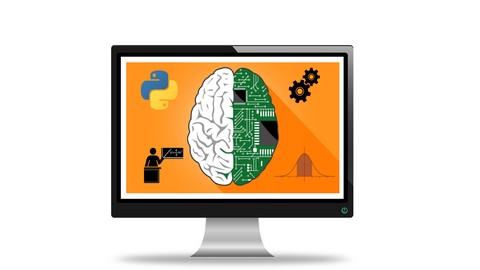

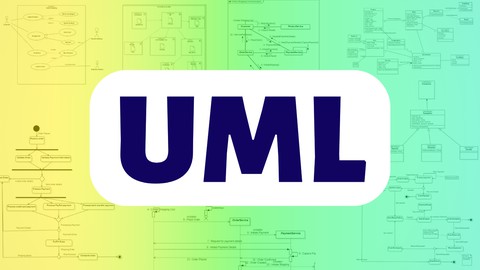
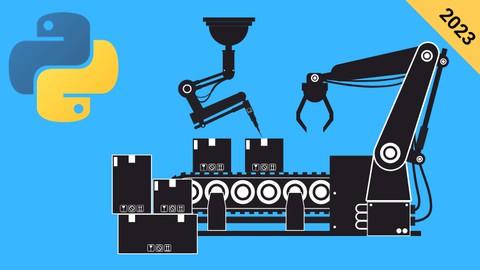


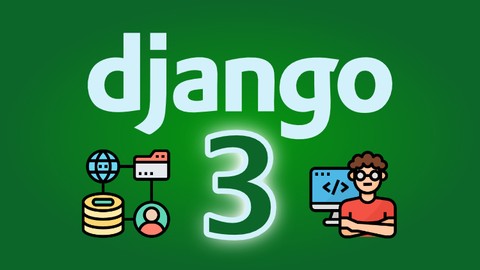
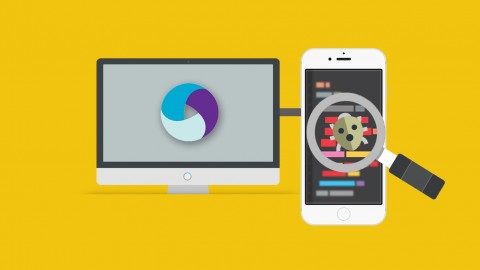



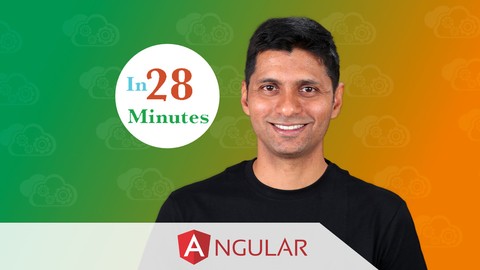
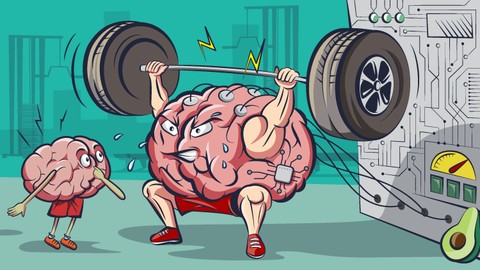

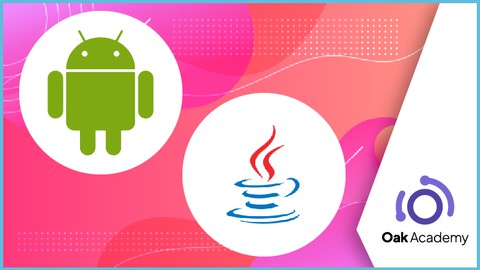


Đánh giá của học viên
Bình luận khách hàng